#Inner Hebrides
Text
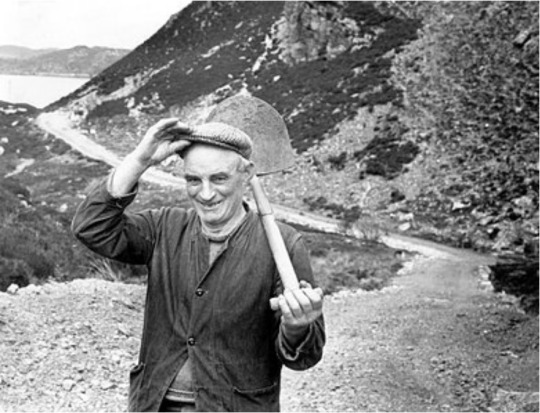
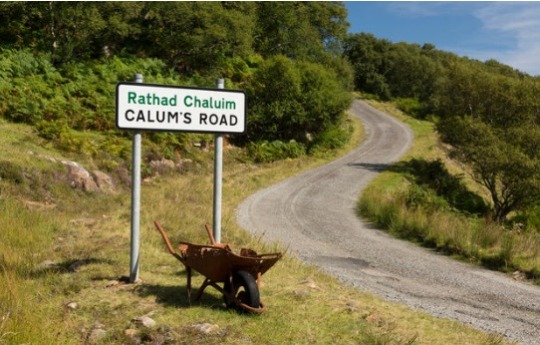

Crofter Calum MacLeod then aged 63 shoulders his shovel after another days work on the road ... his OWN road on 29th April 1973.
Calum was a Local Assistant Keeper of Rona Lighthouse and the part-time postman for the north end of Raasay.
After decades of unsuccessful campaigning by the inhabitants of the north end of Raasay for a road, and several failed grant applications, Calum decided to build the road himself. Purchasing Thomas Aitken's manual Road Making & Maintenance: A Practical Treatise for Engineers, Surveyors and Others for half a crown.
Over a period of about ten years between 1964 and 1974, he constructed one and three quarter miles of road between Brochel Castle and Arnish, using little more than a pick, a shovel and wheelbarrow. Initial blasting work was carried out and funded, to the sum of £1,900, by the Department of Agriculture's Engineering Department, who supplied a compressor, explosives, driller, blaster, and men.
Several years after its completion, the road was finally adopted and surfaced by the local council. By then, Calum and his wife, Lexie, were the last inhabitants of Arnish.
Rather amusingly Calum didn't drive any further south than Bochel near Tomnavoulin as he never held a drivers licence!!!
Sadly, despite only being completed in the 1980s, the road is already falling into disrepair as it has been left without maintenance
The third pic shows a Commemorative Cairn that reads: "This former footpath to Arnish - a distance of 1.75 miles - was widened to a single track road with passing places and prepared for surfacing by Malcolm MacLeod MBE”.
27 notes
·
View notes
Text

A vintage photo of Portree harbour on the legendary Isle of Skye
#Portree#Isle of Skye#Inverness-shire#vintage photo#c1895#Inner Hebrides#colourised#fishing boats#Scottish Islands
189 notes
·
View notes
Photo

Rocky start
An Atlantic grey seal pup on the Isle of Staffa in the Inner Hebrides, Scotland.
Photograph: Stephanie Chadwick
#stephanie chadwick#photographer#atlantic grey seal#seal#mammal#animal#wildlife#inner hebrides#isle of staffa#scotland#nature
293 notes
·
View notes
Text

Kerrera—Isle of Kerrera as seen from Oban, Scotland, UK 2023
#original#art photography#original photographers#art#travel#art photographer#art photo#hike#landscape#coastal#argyll#inner hebrides#island#green
51 notes
·
View notes
Text
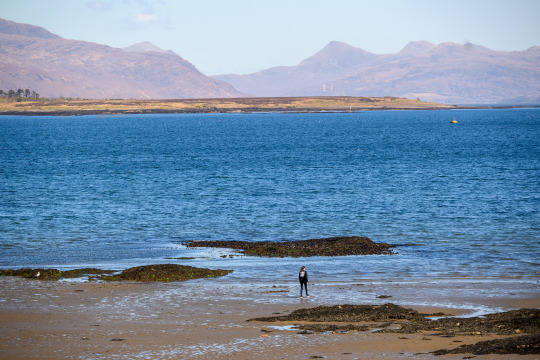
Just a girl who loves the ocean...
Photo: Isle of Skye, Scotland
#uk#scotland#isle of skye#ocean#nature#landscape#irish sea#inner hebrides#celtic europe#scottish highlands#highlands#europe#european travel#european vacation#explore#adventure#see the world#world travel#travel#tourism#sea#the great outdoors#god's creation
31 notes
·
View notes
Text
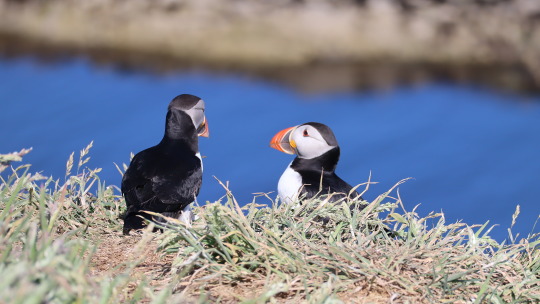
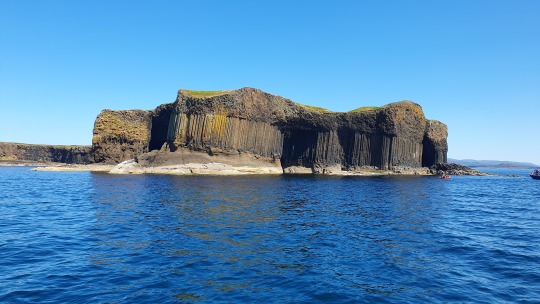

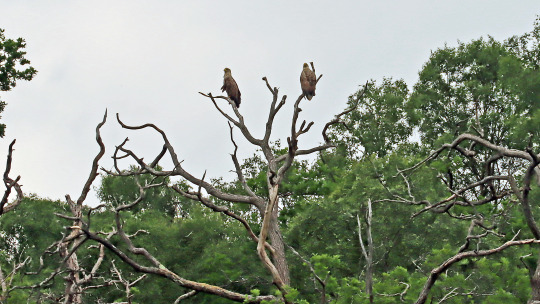


Isle of Mull, Inner Hebrides Scottish Cruise
Pictures from a recent six night 'Mull Odyssey Cruise: Staffa, Iona and the Ross of Mull' onboard our small ship Gemini Explorer.
Many thanks to guest Clive for sharing these pictures.
#st hilda sea adventures#isleofmull#visitscotland#lovescotland#puffins#eagles#inner hebrides#westcoastscotland#westcoastwaters#wildisles#wildlife photography#scottishwildlife#wildlife holidays#hebrides#smallship#smallgroups#travelscotland
26 notes
·
View notes
Text

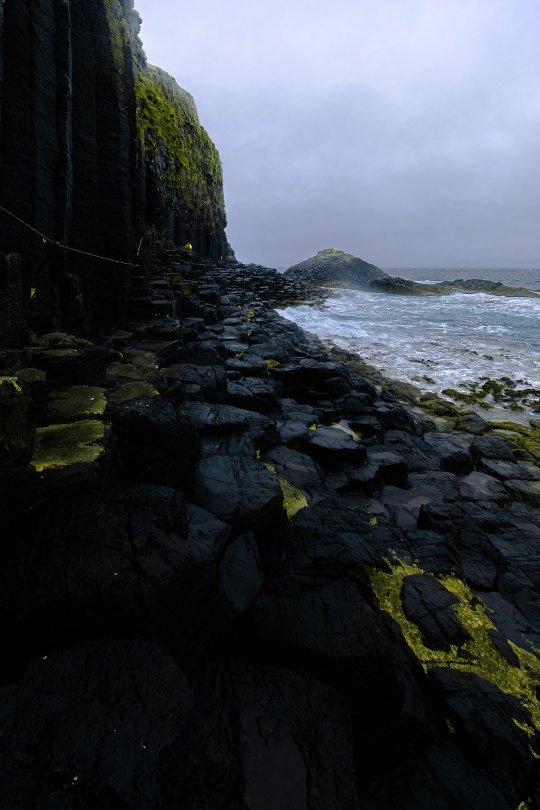
Isle of Staffa, Scotland (2) by Sarah Throckmorton
7 notes
·
View notes
Text


Looking out the windows of Gylen Castle on Isle Kerrera, Scotland
92 notes
·
View notes
Text
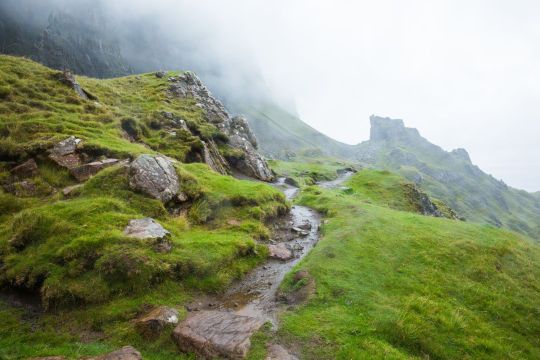
4 notes
·
View notes
Text
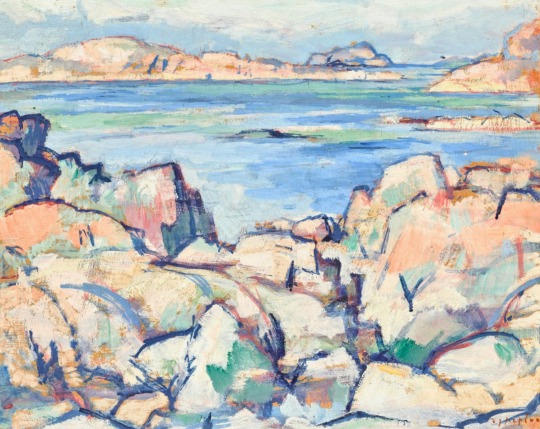
Iona by Samuel John Peploe R.S.A. (Scottish, 1871-1935), no date, oil on board, unframed: 33.5 × 41 cm.; 13¼ × 16¼ inches.
4 notes
·
View notes
Text

Pastel drawing, approx 97mm x 51mm.
The Isle of Kerrera from Oban.
Early morning, Spring sun on an island still brown from winter.
#pastel#drawing#scotland#scottish islands#isle of kerrera#sea#coast#oban#hebrides#inner hebrides#dreamy#abstract expressionism
2 notes
·
View notes
Text
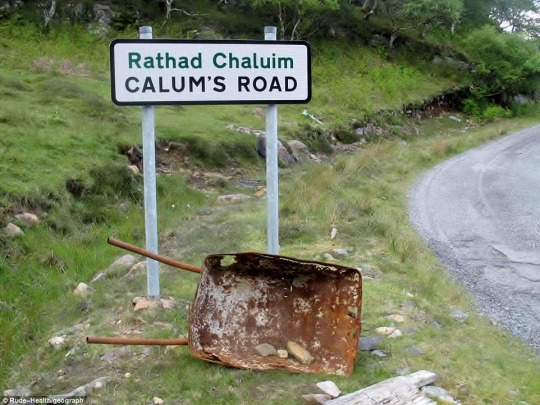
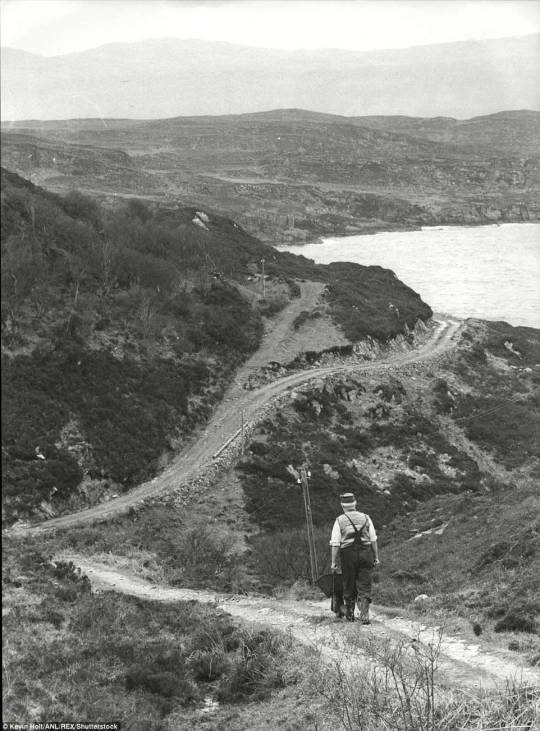

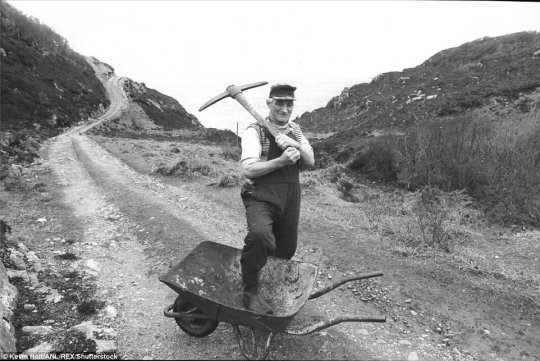

Malcolm Macleod of Raasay was born on November 15th 1911, he was commonly known as Calum and is most famous for the road he build, mainly on his own on the Island he lived most of his life.
Calum was the son of Donald Macleod of Arnish Raasay and Julia Gillies of Fladda, he was born in Glasgow, his dad was in the Merchant Navy.
Calum and his mother moved to the croft and house adjacent to that of his grandfather, in northern Raasay. Calum had two brothers, Ronald and Charles, and three sisters, one of whom, Bella Dolly (died in the Spanish flu outbreak in 1919)
Calum attended Torran school, with its single teacher, James Mackinnon (Seumas Ruadh). He married Alexandrina (Lexie) Macdonald (1911–2001).
Calum and his brother, Charles, constructed the track from Torran to Fladda on a small isle off Raasay called Eilean Fladda, which is now uninhabited. I took them three years and were paid £35 a year by the local council.
After decades of unsuccessful campaigning by the inhabitants of the north end of Raasay for a road, and several failed grant applications, Calum decided to build the road himself. Purchasing Thomas Aitken's manual Road Making & Maintenance: A Practical Treatise for Engineers, Surveyors and Others (London, 1900), for half a crown he started work, replacing the old narrow footpath. Over a period of about ten years (1964–1974), he constructed one and three quarter miles of road between Brochel Castle and Arnish, using little more than a shovel, a pick and a wheelbarrow.
Initial blasting work was carried out and funded, to the sum of £1,900, by the Department of Agriculture's Engineering Department, who supplied a compressor, explosives, driller, blaster, and men.
Several years after its completion, the road was finally adopted and surfaced by the local council. By then, Calum and his wife, Lexie, were the last inhabitants of Arnish. Sadly Calum's Road, and those in general on the island are reported to have been deterioating in the past 20 years or so, which is sad........
81 notes
·
View notes
Text

Scotland's pristine Isle of Skye is expecting 1,000,000 visitors this year. Conservationists wonder if the island can handle such volume.
#Isle of Skye#Trotternish#Inner Hebrides#The Old Man of Storr#scenic views#Portree#Uig#hiking#natural beauty#tourism#rock formations#nature#conservation#Scottish islands#UK
19 notes
·
View notes
Text

Where have I been all this years? Sittin on the side of a mountain in Scotland, ofc.
But seriously anyone I used to know still active? I yearn for the simpler times of the 2010’s.
#isle of skye#scottish highlands#inner hebrides#old man of storr#goth girl#dark fashion#dark fairycore#fantasy landscape#jaynejezebelle
39 notes
·
View notes
Text
The Bard of Mull
Dugald MacPhail was born in 1818 on Mull, and he wrote and spoke both English and Gaelic. He worked as a joiner and as an architect, and he wrote poems in Gaelic. He lived most of his life outside Mull: he died at Partick in 1887, and was buried in a kirkyard nearby.
This is not the kirkyard in Partick. It's Strathcoil in Mull.

He wrote a song An t-sobhrach Mhuileach, "the Mull Primrose", and other poetry in Gaelic about Mull.
youtube
This morning as we were driving down the road to Moy Castle, we saw a stone monument and stopped the car to get a closer look.
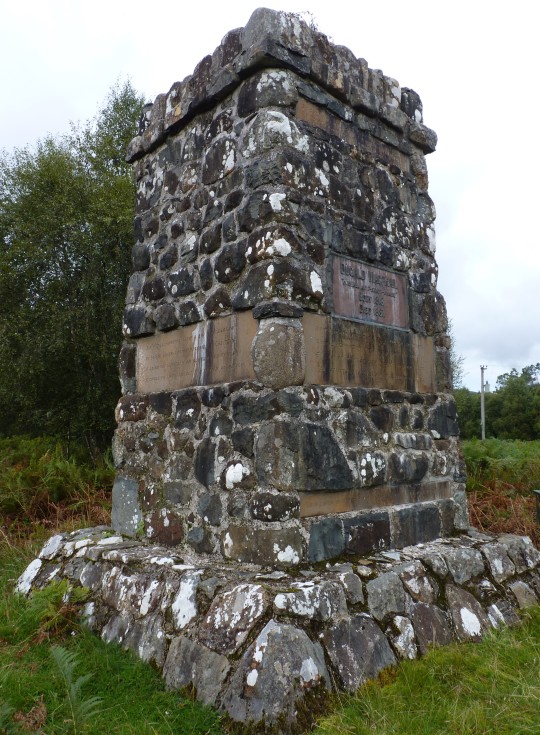
By 1929, the house in which Dugald MacPhail had been born was falling down. But he was still famous on Mull - if nowhere else - for writing poetry in Gaelic about Mull.
In what seems to have been a spontaneous idea that got turned into a plan and was actually carried out, the stones of the falling-down house in which Dugald MacPhail had been born in 1818, were, in 1929, by a committee of locals, made into a stone monument, and metal plaques fixed to it with lines from his poem An t-Eilean Muileach ("the Isle of Mull").
youtube
On the monument he's described as "the Bard of Mull".

There are photographs taken from the news story published at the time in the local paper, of a group of people standing in front of this newly completed monument in 1929. There is a short article about him in the Gazetteer for Scotland.
What's fascinating to me is that he was so well remembered and honoured on the island of his birth, that a whole group of locals - building this monument was not a small task - decided they wanted him memorialised in stone at his birthplace, over thirty years after he died.
I'd never heard of him til today. This is the view from his monument.

#Dugald MacPhail#Bard of Mull#Mull#Inner Hebrides#Scotland#photographers of tumblr#An t-Eilean Muileach#An t-sobhrach Mhuileach#Gaelic poets#Scottish Gaelic#Youtube
2 notes
·
View notes
